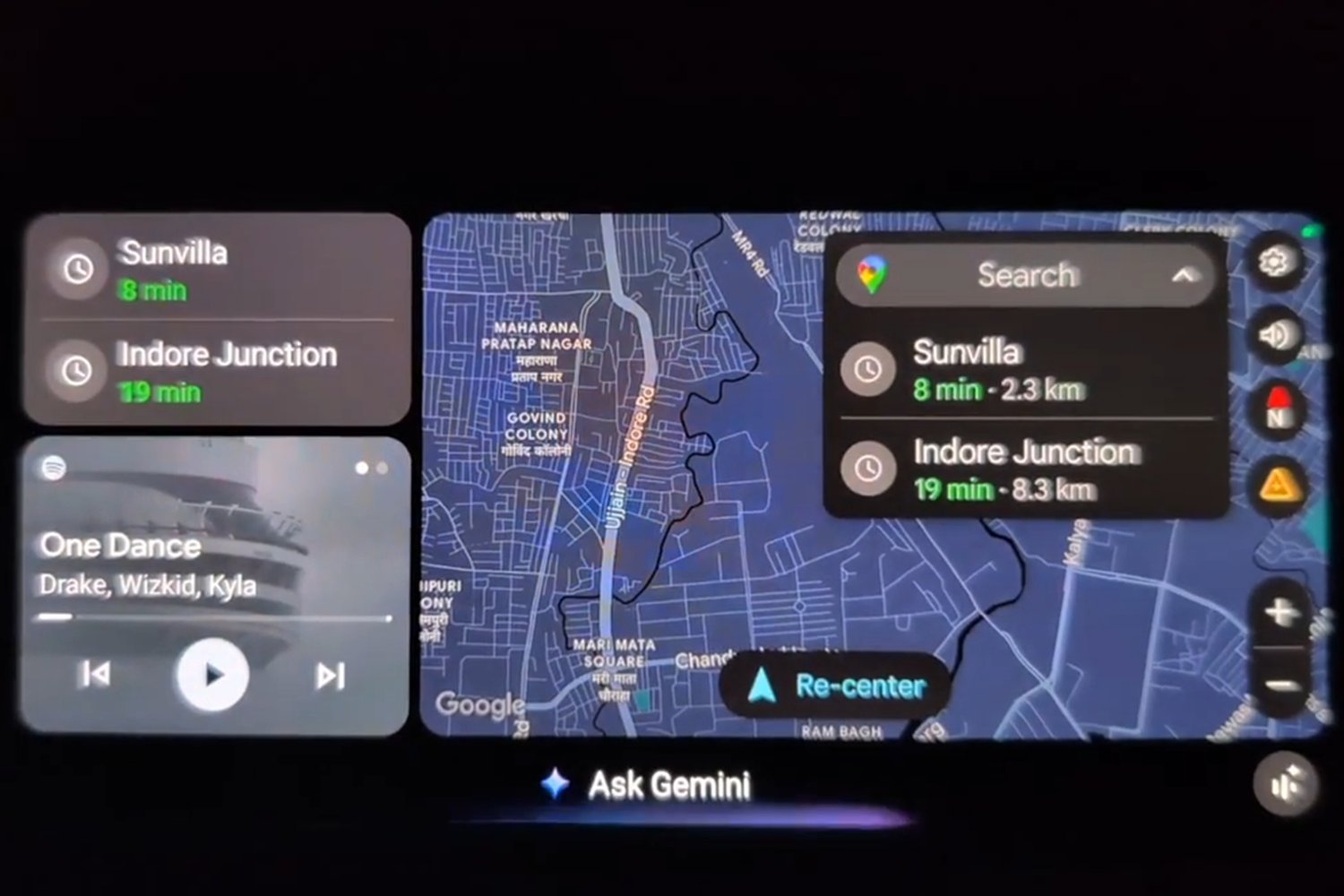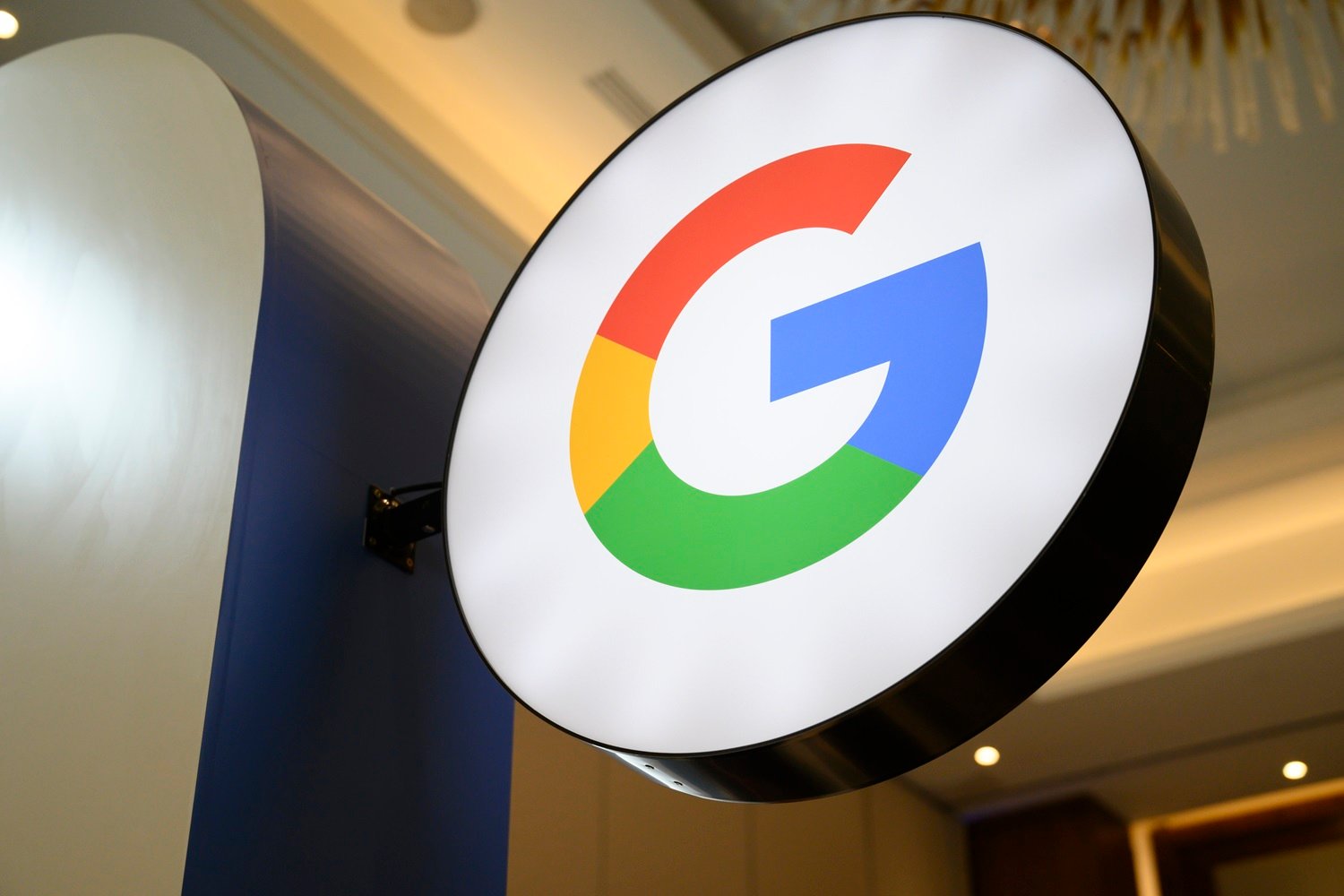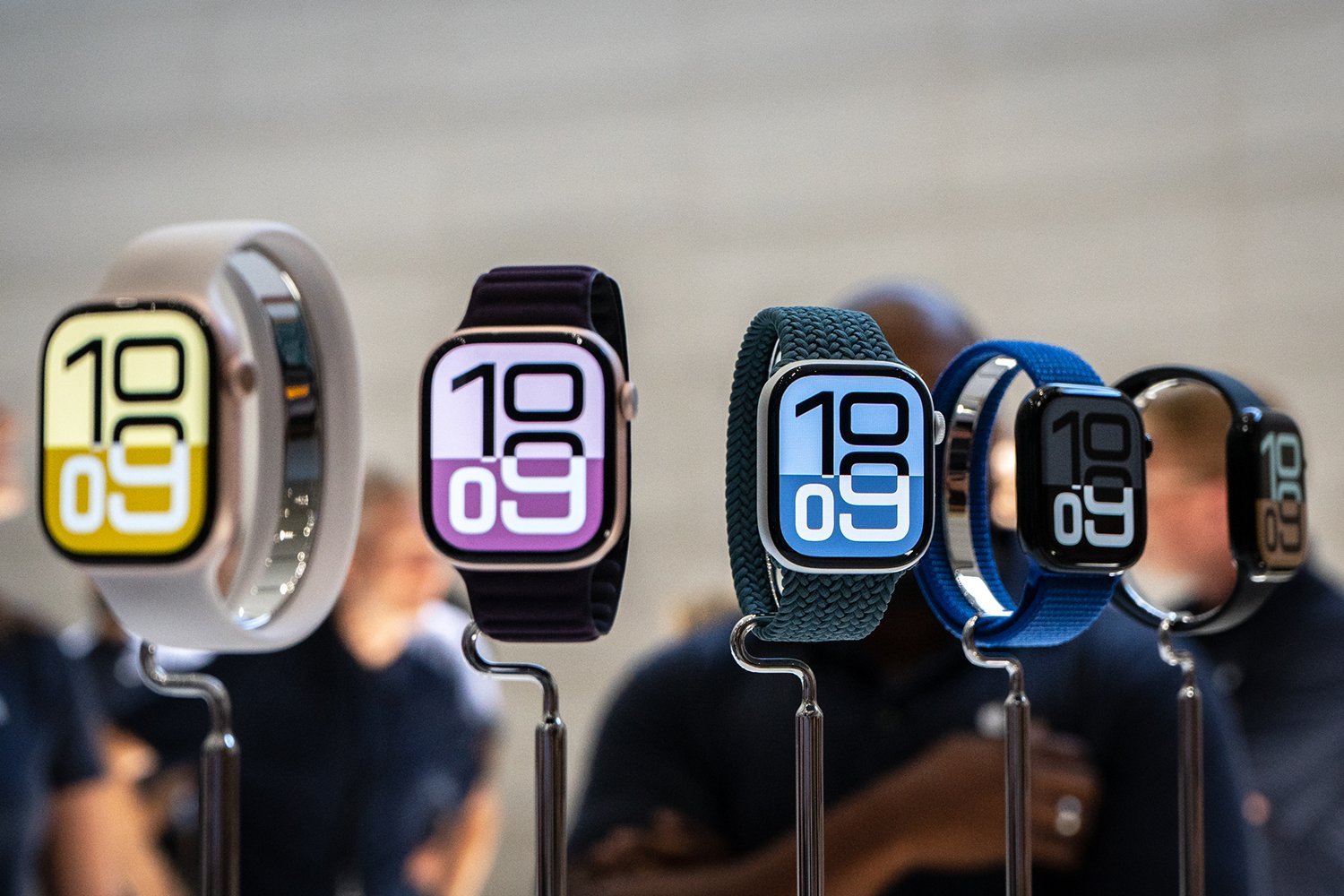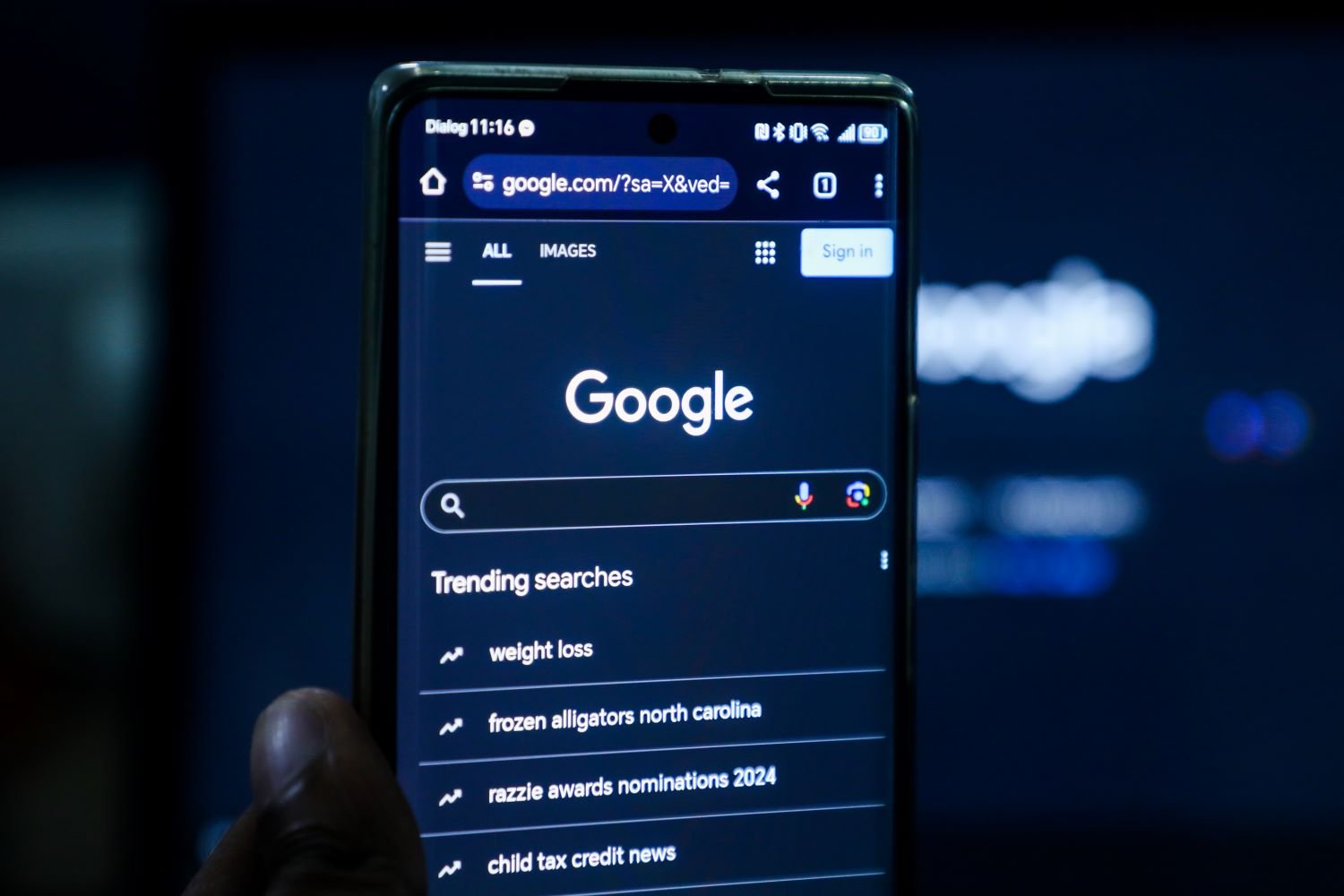The impending arrival of Google’s Gemini AI to Android Auto promises a transformative in-car experience, but its initial demonstration raises concerns about its practicality and helpfulness. While Gemini aims to revolutionize how we interact with our vehicles, its current capabilities leave much to be desired, particularly for drivers seeking specific, real-time assistance on the road.
Early Glimpse into Gemini’s Android Auto Integration
A recent exploration by Android Authority revealed Gemini’s dormant functionality within an Android Auto build. Their video demonstration showcases the AI’s potential but also highlights its limitations. When prompted to plan a trip within a budget, Gemini’s response was generic and unhelpful for a driver navigating traffic. Similarly, while it could suggest restaurants, it failed to integrate with Maps to provide directions.
The preview also offers a glimpse of the updated Android Auto interface with Gemini. A small indicator signals Gemini’s availability, likely accessible via the steering wheel button, similar to the current Google Assistant. It’s important to note that this demonstration was conducted on a spoofed smartphone build, not a car’s head unit, and the software is far from finalized.
Concerns Regarding Usability and Distraction
The current state of in-car voice assistants presents challenges for drivers. Existing systems often struggle with complex or specific requests, requiring drivers to pull over to avoid distractions. This frustration extends to simple tasks like finding gas stations along a route, highlighting the need for a more intuitive and effective solution.
Gemini’s conversational abilities offer a potential solution. Ideally, drivers should be able to articulate their needs naturally, without resorting to rigid commands. For example, asking for a gas station on the route without significant detours should be easily understood and addressed.
Leveraging Gemini’s Potential for Contextual Assistance
Early interactions with the Gemini chatbot in a browser environment suggest that specific, context-rich queries yield more helpful results. This indicates that the key to unlocking Gemini’s potential in Android Auto lies in framing requests effectively. Instead of generic trip planning, asking for the nearest McDonald’s to a gas station along the route demonstrates a more targeted and practical use case.
Expectations and Hopes for Gemini’s Future in Vehicles
The successful integration of Gemini hinges on its ability to understand and respond to nuanced requests in a driving context. Providing specific, location-based assistance could significantly enhance the in-car experience and justify the trend towards simplified vehicle interfaces. While the initial demonstration raises some concerns, the potential remains for Gemini to revolutionize how we interact with our cars.
The hope is that Google addresses these limitations before its official launch. A truly conversational AI that understands driver needs and provides relevant, real-time assistance could significantly improve the driving experience and reshape our relationship with technology on the road.











